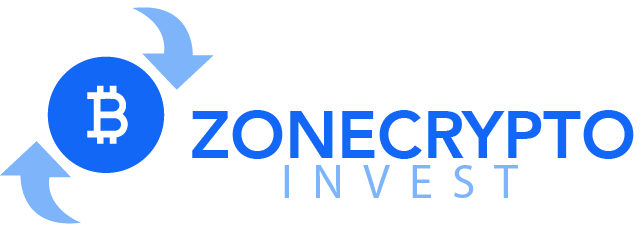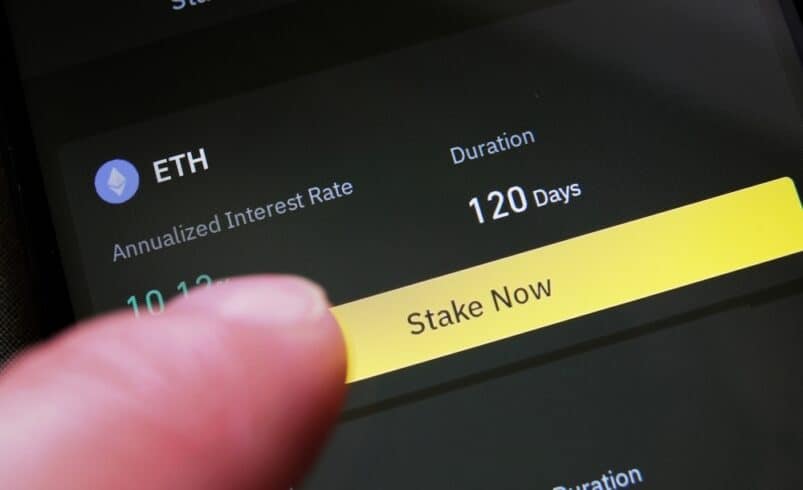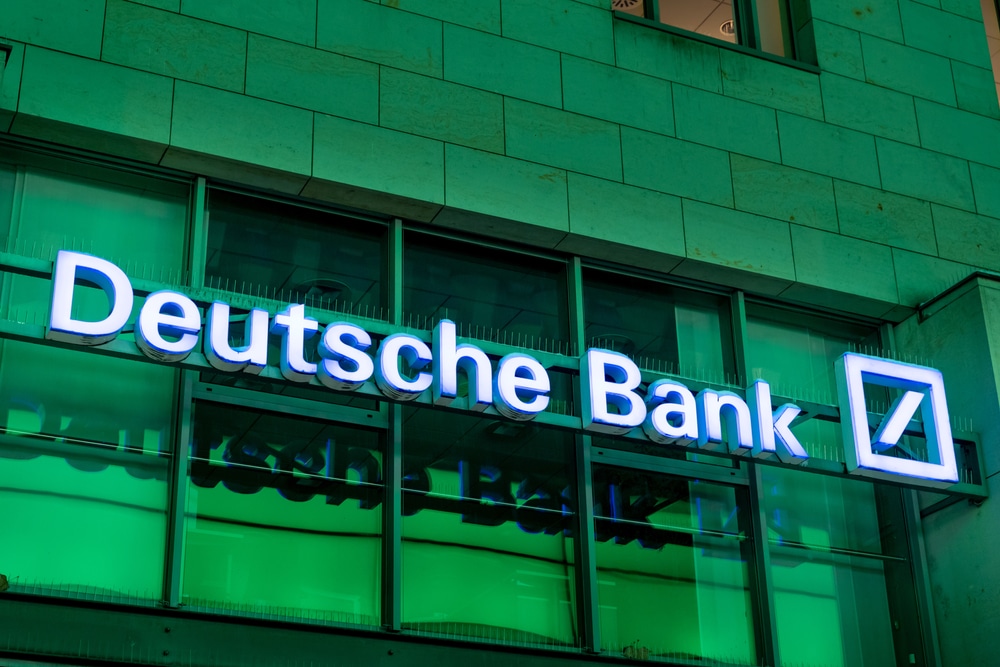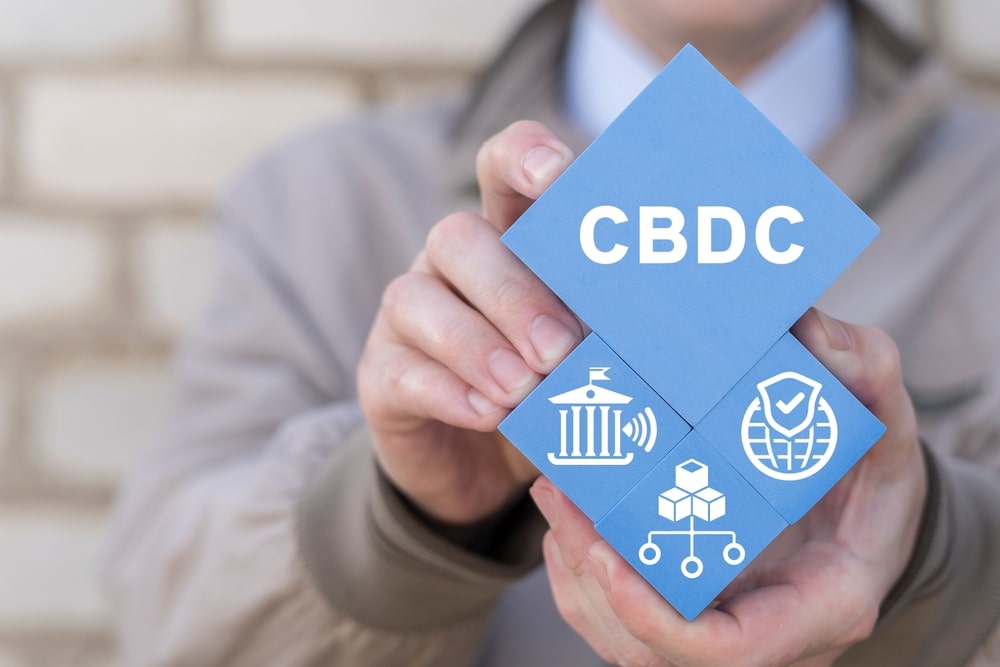Mapping on Blockchain Comprehensive Guide

This guide seeks to answer whether blockchain-founded location mapping substitutes global positioning system (GPS) mapping. The GPS determines an individual’s location, combines it with their environment, and uses a real-time interface to show it live on their mobile gadget. Blockchain-founded systems ensure resistance to interference and promote transparency.
The use of GPS-founded navigation gadgets has become universal. Various tools, such as OpenStreetMap and Google Maps, depend on GPS. Nevertheless, centralization is a major fault affecting these services. The issue increases their susceptibility to opaque functioning.
Blockchain technology has numerous advantages compared to centralized systems and aids users in addressing the drawbacks of traditional tools such as GPS mapping. It enhances resilience to hacking efforts, ensures quicker information processing, and boosts transparency. Numerous businesses have started using blockchain technology or are aggressively evaluating its use.
Inefficacies Emerging in Interactive Maps
The present system of GPS-founded interactive maps has existed for more than ten years. However, it has some inadequacies. Sometimes, information from these systems might be incorrect and slow to load on gadgets.
GPS mapping involves processing and storing significant data, usually on centralized servers. This may result in delays during access and sharing.
The technologies monitor an individual’s location in real time, which may impact user privacy. Conventional GPS development and maintenance may be pretty costly for firms.
Centralized mapping uses proprietary data that might be obsolete. Thus, it may fail to sufficiently reflect the latest developments in highways, roads, and infrastructure because of quick changes.
GPS encounters challenges in effectively mapping dense metropolitan regions. Creative interactive maps in narrow-lane areas require increased efforts from the mapping provider to document every area, which is expensive and time-consuming.
In applications like transportation and surveying, GPS is unencrypted and lacks proof-of-origin or authorization features. It is also vulnerable to jamming, cyberattacks, and spoofing.
A majority of mapping projects utilize crowdsourcing to drive their operations. For example, in OpenStreetMap, several contributors use aerial imagery, GPS gadgets, and low-tech field maps to revise map information.
New crowdsourcing use cases might arise as the world advances into the Internet of Things (IoT) age. Nevertheless, issues such as trouble with precision and the execution of the top-down policy might spread. Blockchain-founded mapping offers a feasible option.
How Blockchain Supplements Interactive Digital Maps
Blockchain technology’s decentralized design may offer practical answers to common challenges in interactive digital maps.
GPS mapping needs processing and storing significant amounts of data, generally stored on one or numerous servers. GPS mapping’s centralized nature can result in processing and delivery problems. This is because of the strain of dealing with significant data amounts on a few servers. Nevertheless, decentralized applications (Dapps) spread information over numerous network gadgets, permitting smooth information access and eliminating latency.
The apps depend on a decentralized network of nodes to authenticate information updates and transactions consistently instead of using one centralized approach. Thus, they can promote the accuracy of location data.
The blockchain’s consensus process requires numerous nodes’ approval before admitting change. This aids in maintaining data veracity and safeguards from unlawful alterations.
Vulnerability of Conventional GPS
Using blockchain for mapping also ensures improved privacy. Conventional GPS mapping forces people to send their location information to significant firms. These organizations can monetize the geotagged data without the users’ approval. Further, blockchain platforms lacking centralized authority can make joint decisions, enhancing user privacy.
An example of an issue linked to PoL is dependence on external data sources, which may result in susceptibilities for spoofing or manipulation.
PoL may encounter scalability issues since verifying location information for several transactions involves considerable processing resources.
Final Thoughts
PoL solutions might not apply globally across geographic situations or regions, leading to erratic confirmation accuracy. Additionally, there are no standardized approaches for integrating physical addresses, geographical locations, or coordinates into smart contracts.
All developing platforms have unique protocols, hardware infrastructure, and business models. Hence, solving these limitations is crucial to the general adoption and efficiency of PoL in blockchain apps.
Zone Crypto Invest provides exposure for numerous crypto businesses, and we invite you to join our community! Connect with us through our Telegram chat for any questions. Given the volatile nature of cryptocurrencies, always conduct thorough research before investing. Many articles on our website are sourced from guest writers or are paid content, and they might not reflect the views of Zone Crypto Invest's internal team. The opinions in these pieces may not always coincide with Zone Crypto Invest's stance. We do not vouch for the accuracy, quality, promotions, or any other aspects showcased on our platform. Please refer to our detailed terms of service and disclaimer for further information.








